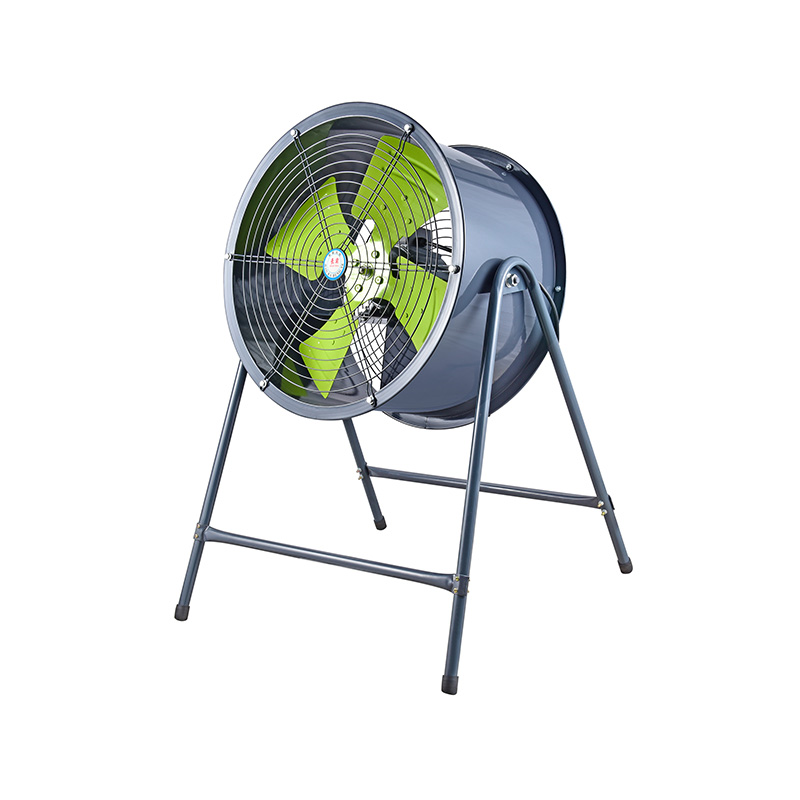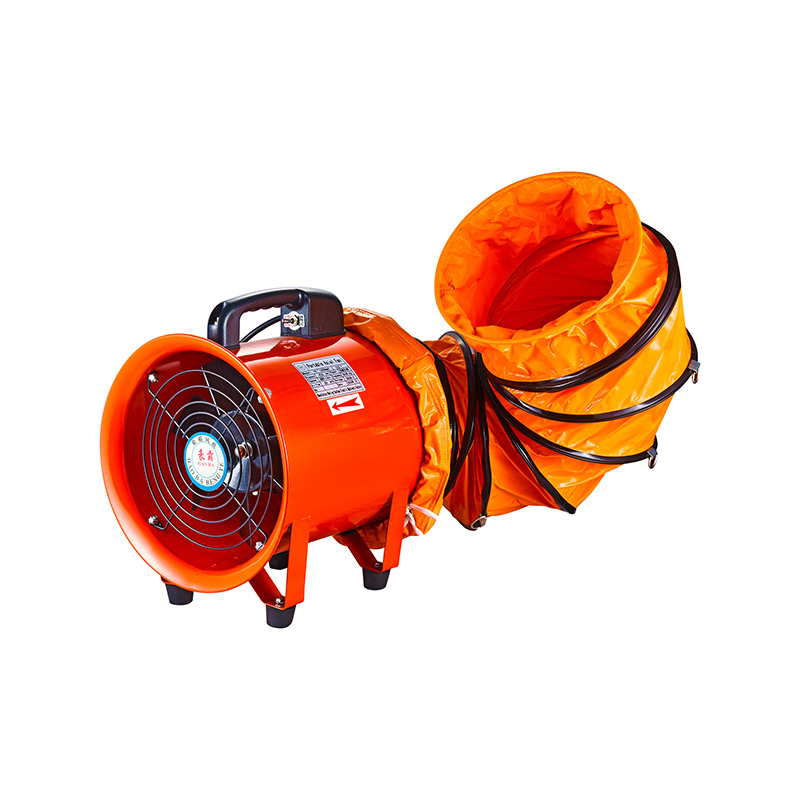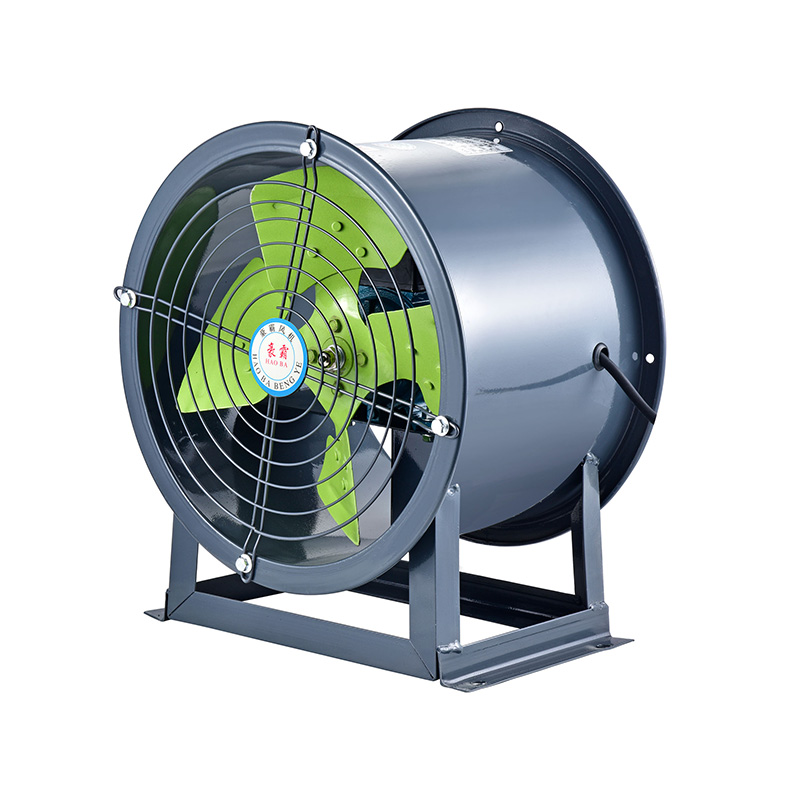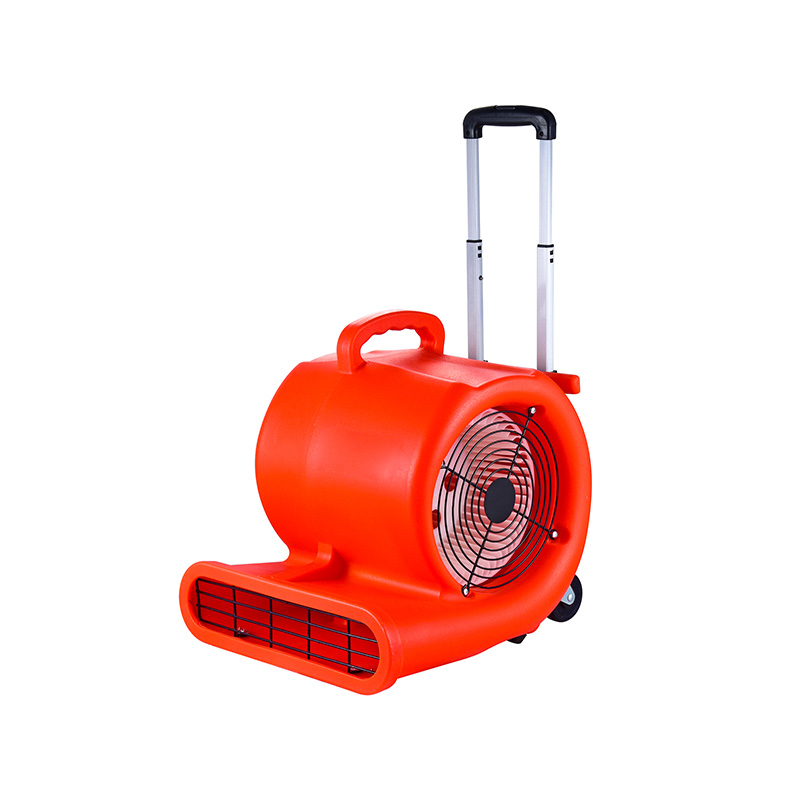Ventilation Needs In Pharmaceutical Cleanrooms
2025-07-08
Pharmaceutical cleanrooms are environments where controlling air quality and contamination is essential to ensure product safety and regulatory compliance. Effective ventilation systems are a critical component in maintaining these strict conditions. Among the equipment used, high efficiency blowers, air cooled blowers, and high pressure centrifugal fans play a significant role in delivering clean, filtered air while managing airflow and pressure within cleanroom spaces.

One of the primary challenges in pharmaceutical cleanrooms is maintaining a stable airflow that prevents the ingress of contaminants. High efficiency blowers are commonly chosen for this purpose because they can provide consistent airflow with small energy consumption. These blowers help create the necessary positive pressure to keep particles and airborne microbes from entering the cleanroom from adjacent areas. Their ability to operate reliably over long periods makes them valuable in pharmaceutical settings where downtime is not an option.
Air cooled blowers also find frequent use in cleanroom ventilation systems. Since pharmaceutical manufacturing often requires maintaining very specific temperature ranges, air cooled blowers provide effective heat dissipation while supplying clean air. Unlike water-cooled systems, air cooled blowers reduce the risk of contamination that can come from water sources. Additionally, they simplify maintenance by eliminating the need for water treatment and reducing the chances of microbial growth in cooling circuits.
In cleanrooms where airflow resistance is high due to multiple filters and complex duct systems, high pressure centrifugal fans are often installed. These fans generate the necessary static pressure to push air through HEPA filters and other purification equipment without compromising the volume of airflow. Their design allows them to handle the resistance of tightly controlled environments, ensuring that clean air is distributed evenly throughout the pharmaceutical production areas.
Ventilation systems in pharmaceutical cleanrooms must comply with stringent standards regarding air cleanliness, temperature, and humidity. High efficiency blowers contribute to these requirements by ensuring steady air exchange rates that align with regulatory guidelines. Consistent air changes reduce the risk of contamination and help maintain the controlled environment needed for sensitive drug manufacturing processes.
Air cooled blowers also support environmental control by managing heat loads generated by equipment and personnel. Pharmaceutical cleanrooms can experience heat buildup that, if not properly controlled, may affect product stability or employee comfort. By efficiently removing heat from ventilation units, air cooled blowers assist in maintaining good temperature ranges while continuing to supply filtered air.
High pressure centrifugal fans complement these functions by overcoming the resistance imposed by multiple filtration stages. As pharmaceutical cleanrooms require layered filtration to capture particles down to sub-micron levels, air movement can become restricted. Without the right fan pressure, airflow would decrease, potentially compromising the cleanroom's air quality. High pressure centrifugal fans maintain the balance between pressure and flow rate, supporting cleanroom integrity.
Choosing ventilation equipment like high efficiency blowers, air cooled blowers, and high pressure centrifugal fans involves understanding the unique demands of pharmaceutical environments. These devices are designed to handle continuous operation, stringent contamination control, and energy efficiency. Their integration into cleanroom HVAC systems must be carefully planned to ensure they meet airflow requirements without introducing vibrations or noise that could interfere with sensitive processes.
Moreover, regular maintenance of these components is vital for sustained cleanroom performance. High efficiency blowers require inspection of motor bearings and filters to maintain their airflow capacity. Air cooled blowers need periodic cleaning of cooling fins and fans to avoid overheating. Similarly, high pressure centrifugal fans should be checked for balance and wear to prevent performance degradation over time.
In conclusion, ventilation needs in pharmaceutical cleanrooms are demanding and require equipment that can deliver consistent, clean airflow under controlled conditions. High efficiency blowers ensure reliable air movement with energy considerations, air cooled blowers provide effective thermal management without water-related risks, and high pressure centrifugal fans overcome airflow resistance from advanced filtration. Together, these components form the backbone of cleanroom ventilation systems, supporting the safe and compliant production of pharmaceutical products.

 English
English русский
русский عربى
عربى









